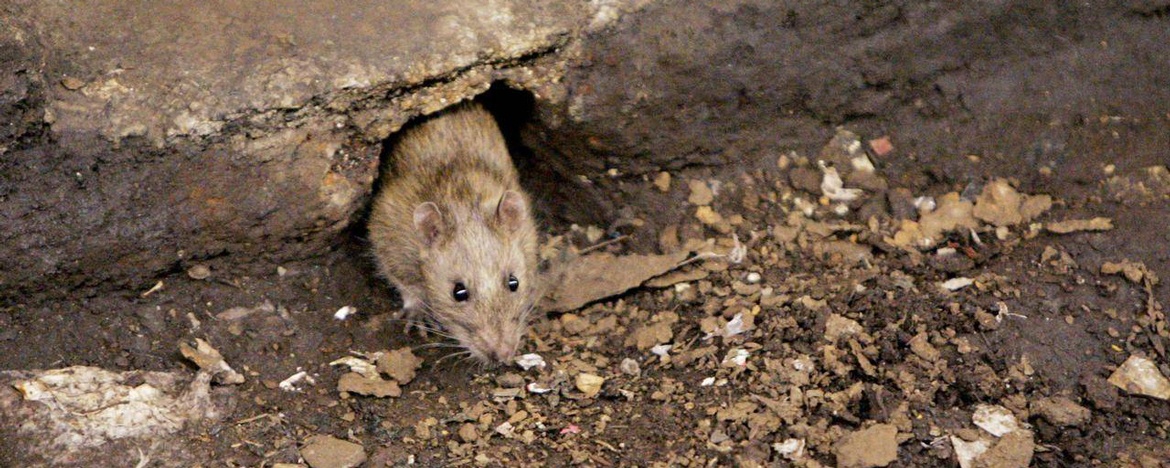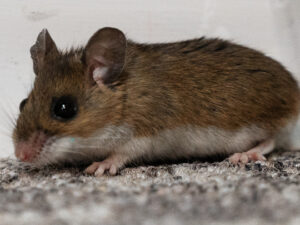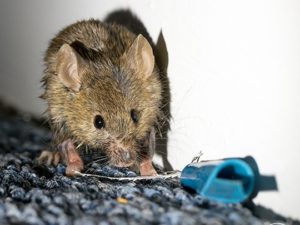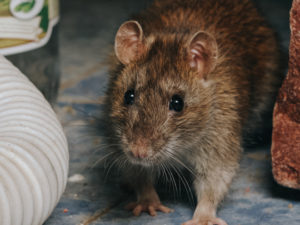
You might be surprised how much of your ceiling is considered prime real estate for many household pests. Ceiling voids are in danger of being invaded by a wide range of insect and rodent pests. It has an ideal indoor environment for rodents looking for shelter from the elements outside. There are a number of factors that ceiling voids attractive to rodent pests.
Right off the bat, it is probably fairly easy to see how ceiling voids provide rodent pests with a perfectly hidden and protected space for them to settle inside your home. They are not particularly easy to access and their tendency to be dark, fairly snug, enclosed spaces help protect rodents not only from humans, but also their other natural predators. Warmth, which rises into these voids from the floor below, is especially critical to the suitability of ceiling voids, as it is an essential resource for small mammals. They also come equipped with convenient utility lines running through them, an ideal tool for rodents to use to travel between different rooms and floors inside a house. The placement of ceiling voids in homes is also ideal for rodent pests, as the typical distance between the ceiling and the floor is between 8 to 10 feet, an easy range for rodents to travel for daily foraging purposes, giving them easy, fast access to areas of the house containing food sources.
If you find yourself with rodents inhabiting your ceiling void, there are a few things you can do to eliminate the pests. You want to look around your home for any urine stains or trails of rodent droppings, which look like small brown grains of rice. Look along the edges of walls and ceiling joists, as rodents typically travel beside them for added concealment and protection. Once you find these trails, set snap traps along those trails, and set two traps next to each other along ceiling joists, placing the bait at opposite ends so rodents will come across the bait traveling in either direction. You will also want to place traps in any drop ceilings and other areas where they might exit their ceiling hideaway such as openings for plumbing and heating. You can set traps inside a void between ceiling joists if necessary. You will want to use rubber gloves to protect you from any disease organisms the rodent corpse could be carrying as you check these traps daily to get rid of bodies and replace missing or old bait. Of course, sometimes an infestation is too big for an inexperienced person to handle, and you may need to call in the pest control professionals.
Have you ever had rodents in your ceiling void that you had to deal with? What did you do?













